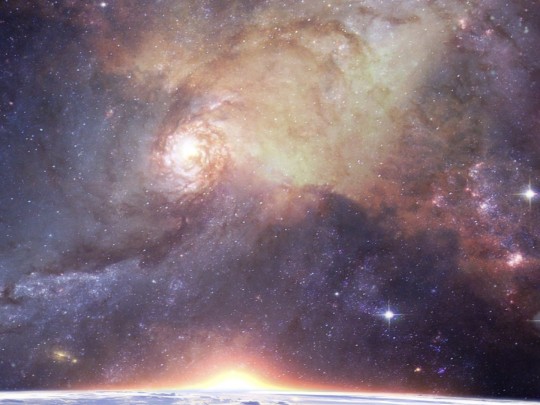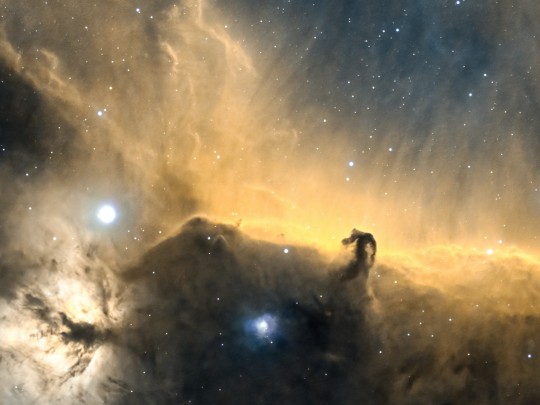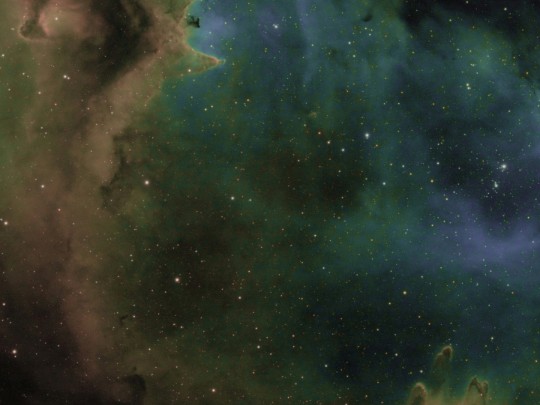Crimson Majesty: A Kiwi's Guide to the Stunning Red Nebula & Starbirth
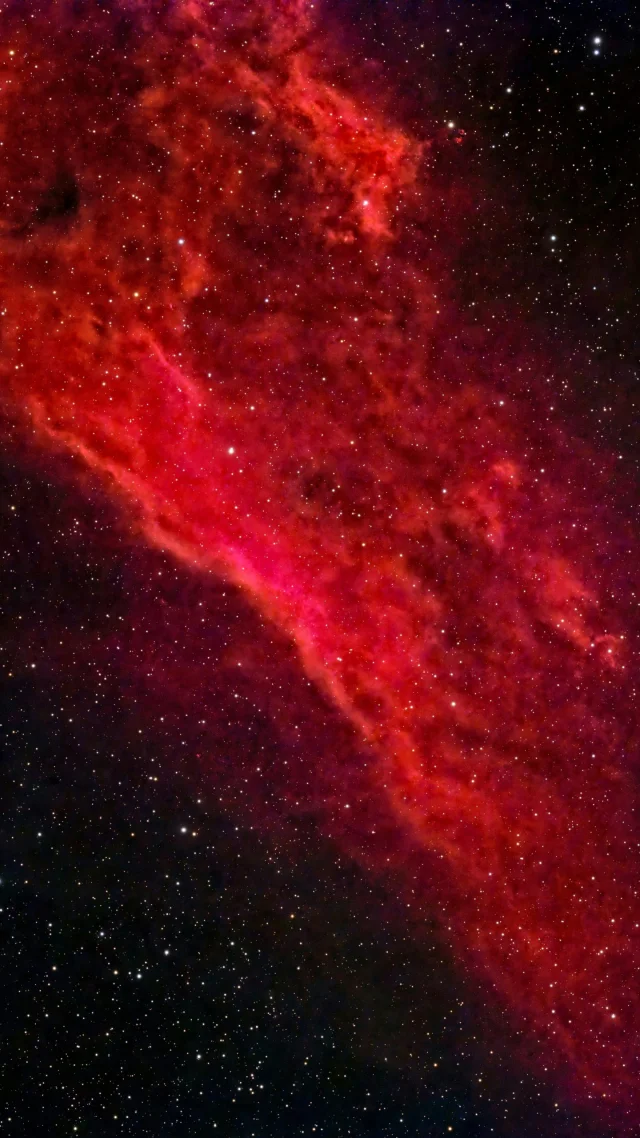
Kia ora, space enthusiasts! The night sky above Aotearoa is full of wonders, and few are as breathtaking as a nebula – a giant cloud of gas and dust painted across the cosmos. Today, we're taking a closer look at the Crimson Majesty, a truly spectacular red nebula that’s captured the imaginations of astronomers and stargazers worldwide. But what's the story behind this fiery spectacle, and what secrets does it hold?
What Makes a Red Nebula Red?
The incredible red colour of nebulae like the Crimson Majesty is primarily down to hydrogen gas. When this gas gets zapped by nearby stars – think of it like a cosmic glow-up – it emits a distinctive red light. These stars are often massive and nearing the end of their lives. As they age, they shed their outer layers, showering the surrounding space with material. This material then clumps together, forming the nebula we see.
The intensity of that red glow? It depends on how dense the gas is and just how much energy the stars are pumping out. A thicker cloud of gas, illuminated by a powerful star, will blaze with a deeper, richer red.
More Than Just a Pretty Picture: Star Nurseries in Action
The Crimson Majesty isn't just a visual treat; it's a stellar nursery – a place where new stars are born! Within its swirling clouds, gravity pulls together gas and dust, eventually igniting in brilliant bursts of light. These newly-born stars then go on to shape the nebula's appearance, creating a dynamic and ever-changing landscape.
Scientists are constantly studying these star-forming processes. It gives us invaluable insights into how stars are born, how galaxies evolve, and, ultimately, how our own solar system came to be.
Unlocking the Secrets of the Universe: Heavy Elements and the Building Blocks of Life
Using powerful telescopes, astronomers are analysing the red nebula's composition. What they're finding is incredible: the presence of heavier elements – things like carbon, oxygen, and iron – forged in the hearts of dying stars. These elements are the very building blocks of planets, and, potentially, of life itself! It's a humbling thought – that the elements that make up you and me were once cooked up inside a distant star.
Ongoing Discoveries and the Boundless Wonders of Space
Observations of the Crimson Majesty are ongoing, and with each new discovery, we're reminded of just how much more there is to learn about our vast universe. It’s a constant source of wonder and inspiration, and a powerful reminder of our place within the grand cosmic scheme of things. So, next time you're out under the Aotearoa night sky, take a moment to appreciate the incredible beauty and complexity of the universe around us!

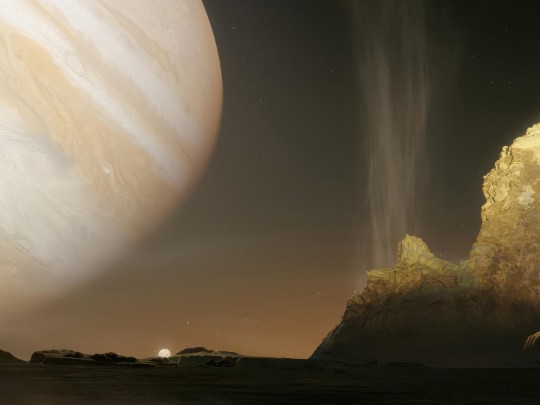

![Kia Ora, Golden Hour Magic: Unveiling the Beauty of [Coastal City Name] at Dusk](https://wp-cdn.anyselected.com/prod/e1/38/e1380226b239505c3ac7e6c4417e8e64.jpg?re_source=none)
